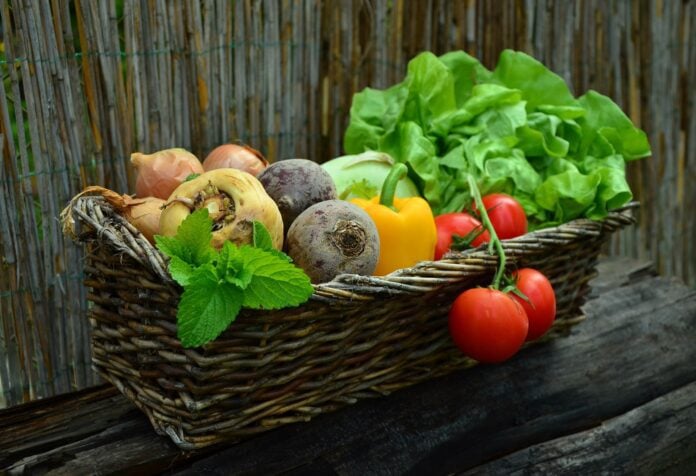Vegetables are an essential part of a healthy diet, providing a rich source of vitamins, minerals, and fiber. While most vegetables are low in sugar, some varieties are higher in natural sugars than others. This article will provide a comprehensive overview of the sugar content in various vegetables.
Starchy Vegetables:
Starchy vegetables are a type of vegetable that’s higher in carbohydrates and natural sugars than other vegetables. The table below provides a list of different starchy vegetables and their sugar content per 1-cup serving:
| Starchy Vegetable | Sugar Content (per 1 cup serving) |
|---|---|
| Sweet Potato | 16 grams |
| Potato | 2 grams |
| Corn | 6 grams |
| Butternut Squash | 7 grams |
| Acorn Squash | 2 grams |
| Green Peas | 4 grams |
| Carrots | 6 grams |
Non-Starchy Vegetables:
Non-starchy vegetables are a type of vegetable that’s lower in carbohydrates and natural sugars than starchy vegetables. The table below provides a list of different non-starchy vegetables and their sugar content per 1-cup serving:
| Non-Starchy Vegetable | Sugar Content (per 1 cup serving) |
|---|---|
| Broccoli | 2 grams |
| Asparagus | 1 gram |
| Cucumber | 1 gram |
| Spinach | 0.1 gram |
| Cauliflower | 2 grams |
| Brussels Sprouts | 2 grams |
| Bell Pepper | 3 grams |
Tomatoes:
Tomatoes are a type of vegetable that’s higher in natural sugars than other non-starchy vegetables. However, they are still relatively low in sugar compared to starchy vegetables. The table below provides the sugar content in different types of tomatoes per 1-cup serving:
| Tomato Type | Sugar Content (per 1 cup serving) |
|---|---|
| Cherry Tomatoes | 4 grams |
| Roma Tomatoes | 3 grams |
| Beefsteak Tomatoes | 5 grams |
| Green Tomatoes | 3 grams |
Conclusion:
In conclusion, vegetables are an essential part of a healthy diet, providing a rich source of vitamins, minerals, and fiber. While some vegetables are higher in natural sugars than others, the sugar content in vegetables is generally low compared to other food groups. By being aware of the sugar content in different vegetables, we can make informed choices about what we consume. The tables provided above can serve as a reference to help individuals make more informed decisions about the vegetables they consume.



bukfp9
j421m7
oxzij1
f04qwg